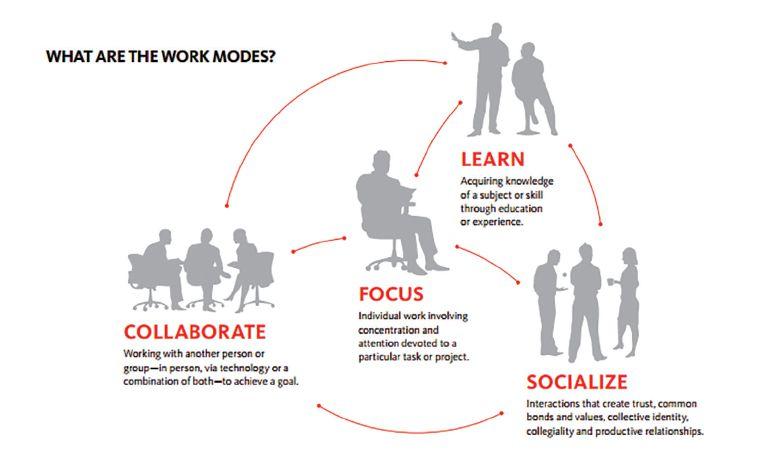
3 minute read
Sitting is the New Smoking
“Sitting is more dangerous than smoking, kills more people than HIV and is more treacherous than parachuting. We are sitting ourselves to death,” Dr. James Levine told The Los Angeles Times. Dr. Levine is the Director of the Mayo Clinic-Arizona State University Obesity Solutions Initiative and inventor of the treadmill desk.
Levine coined the phrase— “sitting is the new smoking,” and there is research to back up his theory. Researchers have found that sitting for long periods of time increases the risk of developing several serious illnesses like various types of cancer, heart disease and type 2 diabetes. Yet, we all sit a lot, and we ask students to sit, a lot which begs the question: How can we design our spaces to better facilitate learning in a healthy way?
Ditch the Desk
Carl Hooker is the Director of Innovation at a school district in Texas and is the founder of the learning festival iPadpalooza. Hooker formally said goodbye to the student desk three years ago. Motivated by how places like Source: Gensler.com
Google design their spaces, Hooker, who recently spoke at the Association of Computer Technology Educators of Maine conference, believes “this new idea of learning with mobile devices also meant that the Desk’s other

primary strength (its ability to create neat rows) was no longer a necessity. Students needed to be able to move around and work in a variety of ways; individually, in small groups, or as a whole,” as he wrote in his Desk obituary.
Getting rid of a desk may be easier than it sounds. Hooker suggests getting some bean bag chairs, sold inexpensively at major retailers, and thinking about using tables. The advice is based on his own research which involved going back to high school as an adult observer for the day. “This was one of the most eye opening things I’ve done as a professional. I took a sophomore’s schedule and followed a student throughout the day. I wanted to see how they are ‘in the wild.’ We make these giant decisions about how a student learns and what I noticed was the uncomfortable torture devices they’re sitting in. I realized really quickly collaboration doesn’t happen in these desks. Rows isn’t the best way to learn,” said Hooker.
Research shows that students can sit, on average, for the number of minutes they are in age—six-years-old, six minutes. Adults can only sit for 18-20 minutes, without fidgeting. This data, Hooker says, is proof we need to change how we design our learning spaces. Beyond the bean bag chairs, Hooker says students want what we all want—to be comfortable when they are learning. He suggests thinking about softer furniture with softer lighting. If you can’t get rid of your fluorescent lights, then bring in some table lamps where you can control the wattage of the bulbs. If you can’t get rid of the desks, turn them into a table where students can have the opportunity to work better together. “We only had 12 desks in the classroom and we had 20 kids. In this classroom kids willingly sat on the floor and found a space that felt ‘right’ to them while they worked,” said Hooker.
Separating Your Space
A design theory to make your space more productive for learning should include, according to the experts, the delineation of what you have—breaking your building
or classroom up into four different areas including:
1) Focus Space 2) Learning Space 3) Collaborative Space 4) Social Space

The four work modes are based on research that shows how we best learn—with the theory that if the four work modes are collaborate, focus, learn and socialize then our spaces should reflect those ideas to produce the best quality product. While the research is based on workplace environments, Hooker believes, based on his experience, there is evidence to show that students want the same things as adults when they’re learning. “Movement invigorates the brain. Think about your teaching strategy when you’re designing your room and how you are going to keep kids moving. In the end, regardless of how you design your space, what the lighting is or how you arrange your desks, if nothing else, Hooker makes one key final point: “Learning is everywhere; it doesn’t have to be sitting in the classroom.”










